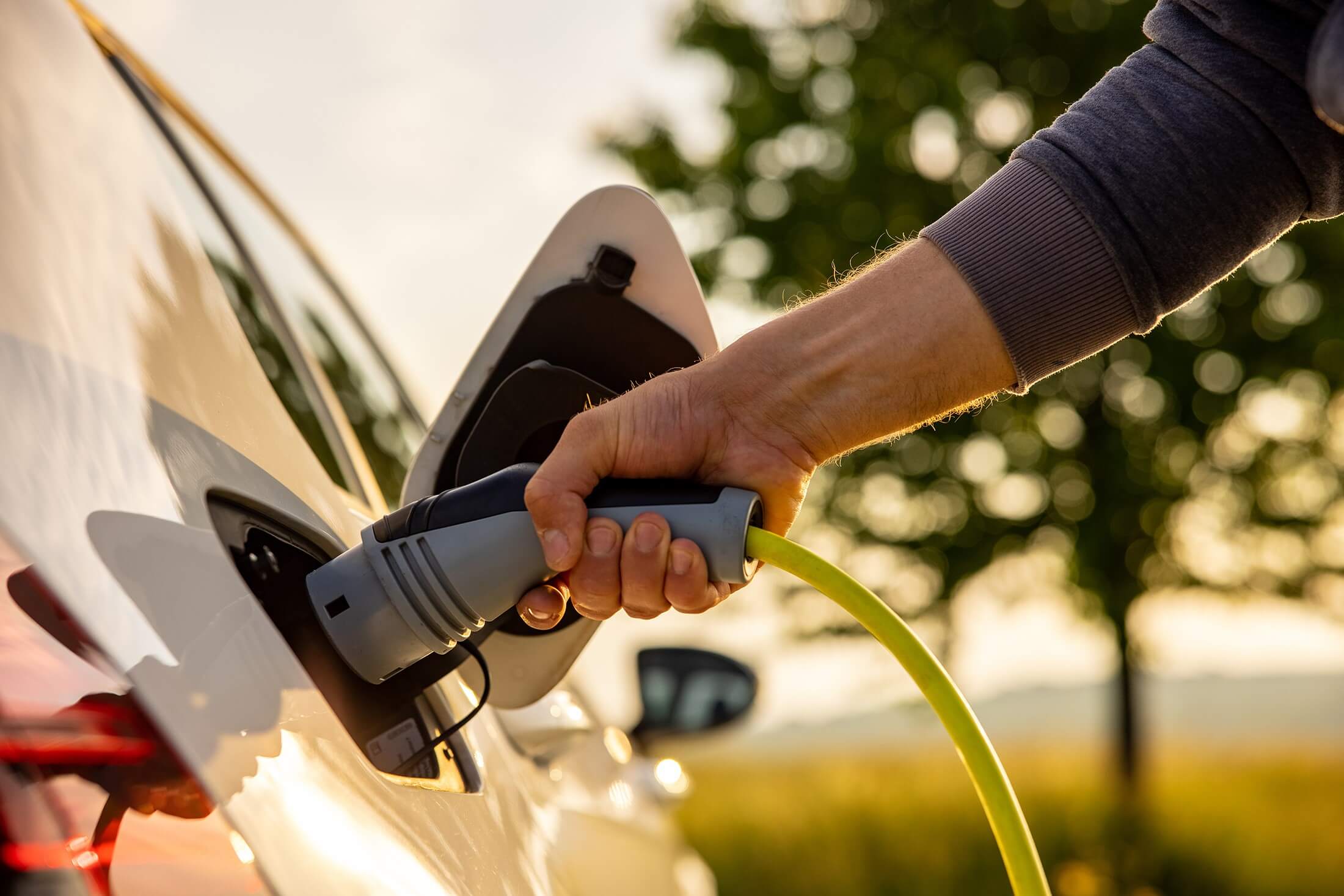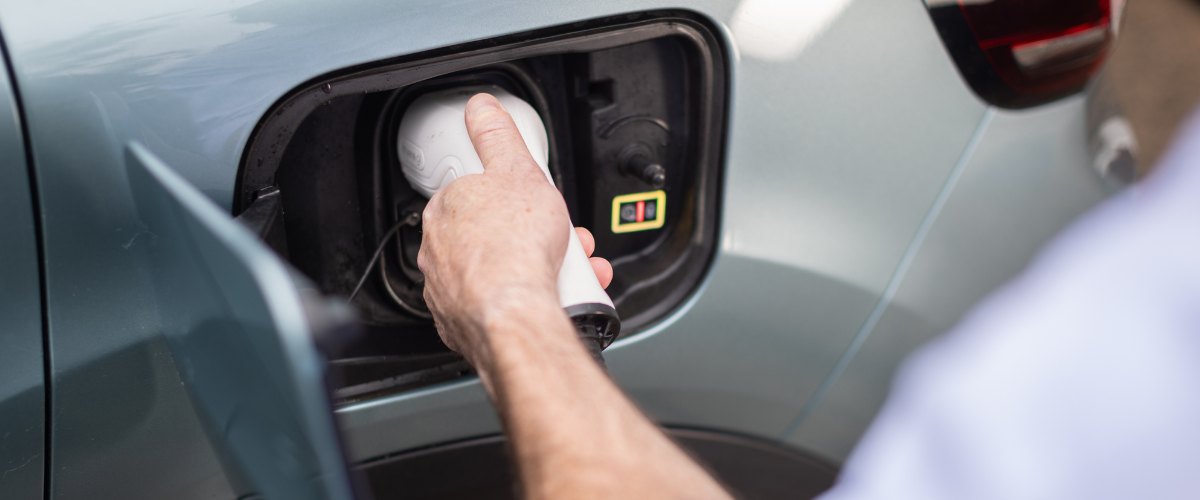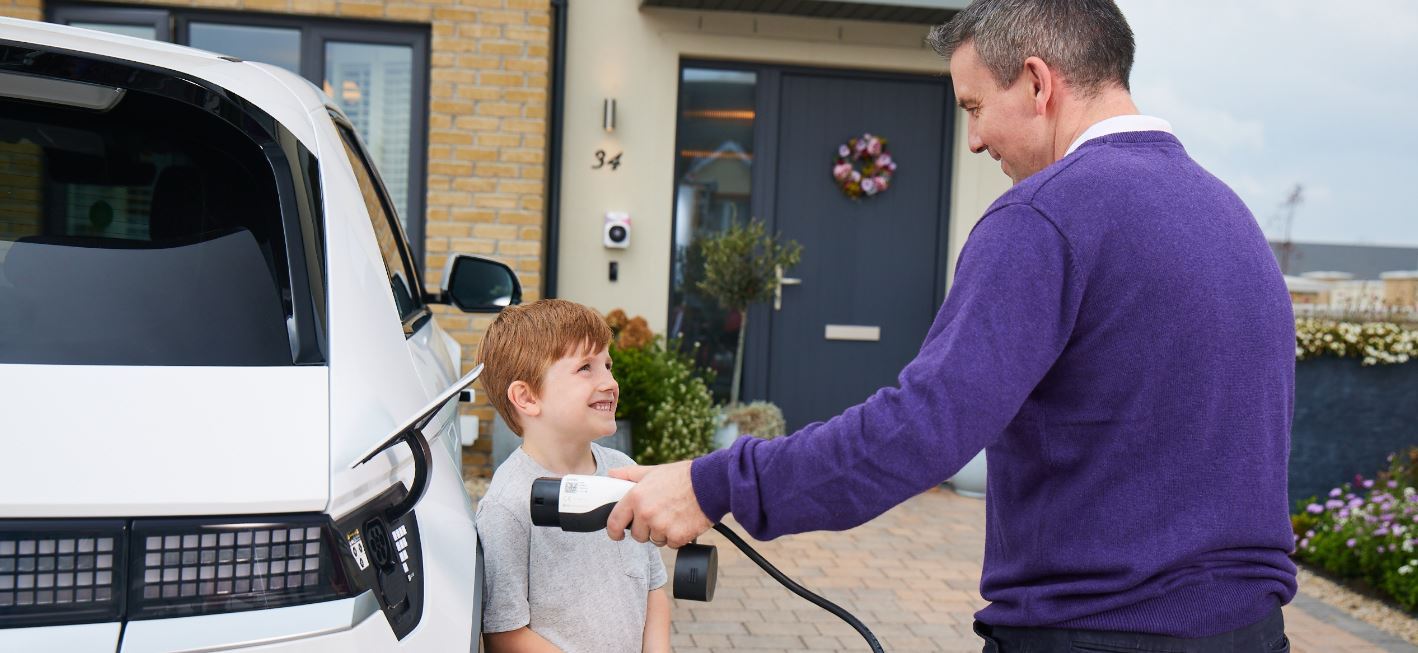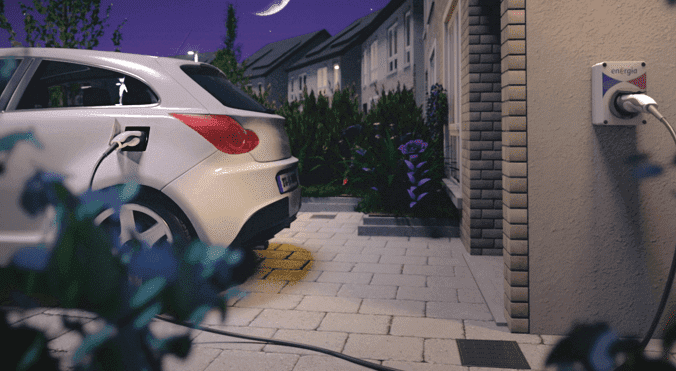Powering Your EV Journey: A Guide for New Electric Vehicle Owners
Congratulations on your new electric vehicle (EV)! You've taken an exciting step toward a greener and more sustainable future. As your trusted energy provider, we're here to support you every step of the way. In this comprehensive guide, we'll walk you through the essential next steps you should take after bringing home your electric vehicle. From charging solutions to energy efficiency tips, we've got you covered.
Selecting the Right Charging Solution
One of the first things to consider as a new EV owner is how and where you'll charge your vehicle. Here are some options to explore:
Home Charging:
- Install a Level 2 home charger for fast and convenient charging.
- A convenient option is to take advantage of government-funded support to install a free EV home charger at your residence. Through this scheme, you can receive a grant of up to €300 towards the purchase and EV car charger installation at home, making sustainable transportation both accessible and convenient.. Be sure to take into account the below considerations before making the commitment.
- Ensure your home electrical system can handle the load and make any necessary upgrades.
- Consider time-of-use (TOU) rates for charging during off-peak hours to save on electricity costs.
Public Charging Stations:
- Locate nearby public charging stations using apps and websites designed for EV owners.
- Familiarise yourself with different charging connector types (e.g., CCS, CHAdeMO, Tesla Superchargers) and their compatibility with your vehicle.
Understanding Charging Speeds
Charging speed is an essential factor to consider, as it affects how quickly you can get back on the road. Three common levels of charging speed are:
- Level 1 (120V): This is the slowest option and is typically used with a standard household outlet. It's convenient for overnight charging but less suitable for daily use.
- Level 2 (240V): Most home charging stations and many public stations are Level 2 chargers. They offer faster charging speeds, making them ideal for daily charging needs.
- DC Fast Charging (Level 3): These high-speed chargers are typically found at public charging stations and can provide a substantial charge in a short amount of time, perfect for longer trips.
Managing Energy Costs
As an EV owner, you'll need to monitor your energy consumption and costs. Here's how you can do that effectively:
- Track Energy Usage: Keep an eye on your energy consumption by using smart meters or energy monitoring apps. This can help you budget and optimise your charging habits.
- Explore Rate Plans: Your energy provider may offer specific EV rate plans, which can provide cost savings for off-peak charging. Investigate your options and choose the plan that suits your needs.
- Solar Power Integration: Consider generating your electricity with solar panels to offset some or all of your charging costs while reducing your carbon footprint.
Maximising Energy Efficiency
Efficiency is key to making the most of your electric vehicle. Here are some tips for increasing your EV's efficiency:
- Plan Your Routes: Use navigation apps that consider your EV's range and factor in charging stops when planning longer trips.
- Drive Efficiently: Accelerate and brake smoothly, and maintain a steady speed to extend your vehicle's range.
- Reduce Energy Drain: Minimize the use of heating and air conditioning, as these can significantly impact your EV's energy consumption.
Maintenance and Care
Electric vehicles generally require less maintenance than traditional gas-powered vehicles, but some care is still necessary:
- Tire Maintenance: Proper tire inflation can improve your vehicle's efficiency and extend its range.
- Battery Care: Follow the manufacturer's recommendations for battery care, such as avoiding extreme temperatures and charging within specified voltage limits.
- Regular Inspections: Schedule periodic check-ups to ensure your EV's components, including the battery, are in good condition.
Environmental Impact
One of the most significant advantages of owning an electric vehicle is its reduced environmental impact. To make the most of this benefit:
- Renewable Energy Sources: Consider using energy from renewable sources to charge your EV, further reducing your carbon footprint.
- Vehicle Recycling: Learn about your EV's end-of-life recycling options to minimize environmental impact when it's time to retire your vehicle.
As a new electric vehicle owner, your journey is just beginning. By selecting the right charging solutions, understanding charging speeds, managing energy costs, maximising energy efficiency, and maintaining your vehicle, you can enjoy a smooth and eco-friendly experience on the road. Our commitment as your energy provider is to support your transition to electric mobility and help you make the most of your new EV. If you have any questions or need assistance along the way, please don't hesitate to reach out. Welcome to a cleaner, greener, and more sustainable future!



